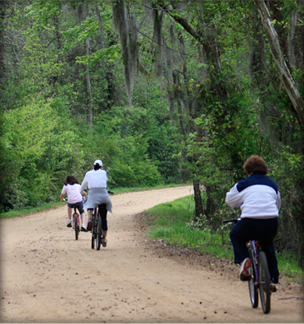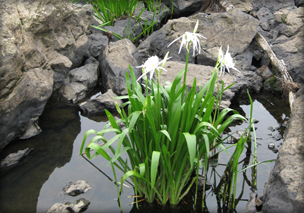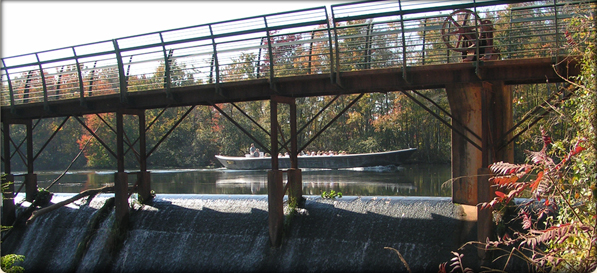Geography
The Augusta Canal takes advantage the drop in elevation between the Piedmont plateau and Coastal plain known as the Fall Line. The Canal was built in three levels, beginning at the Headgates at Columbia County’s Savannah Rapids Park. This first level reaches 7 miles, running roughly parallel to the Savanah River and terminating at gates at 13th Street near Walton Way, just north of the University Hospital main campus. The towpath, a trail that runs along the north side, is limited to pedestrians/cyclists.
The Canal’s second and third levels wind through downtown Augusta and are less visible and accessible than the first level. The second level branches from 13th Street toward the northeast, where it intersects with the third level near 11th and Telfair Streets, adjacent to Davidson Fine Arts Magnet School. From there, the third level flows in two directions: northwest toward Hawks Gully at 15th Street where the water re-enters the Savannah River, and southeast, where it flows into Beaver Dam Creek.

Environment
Although the Augusta Canal is man-made, many areas along its banks have returned to a more natural state. The Canal occupies a unique Fall Line ecosystem created along the granite ledges that separate the Piedmont plateau from the Coastal plain. The undeveloped land between the Canal and the Savannah River rapids along the upper First Level has formed a wetland, creating an urban wildlife refuge that is home to varied flora and fauna, including several rare and endangered species. The Canal also is a major source of Augusta’s drinking water.


